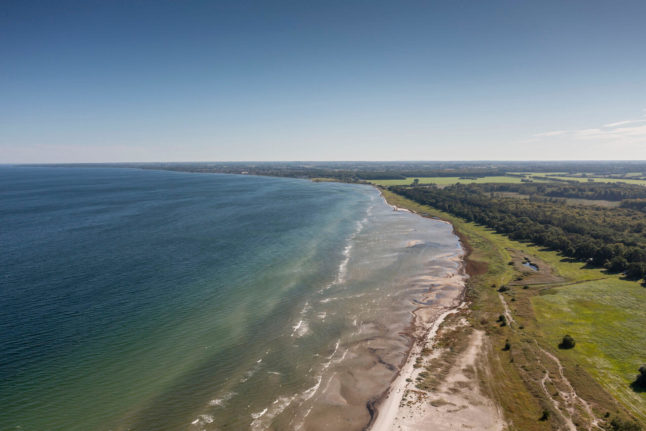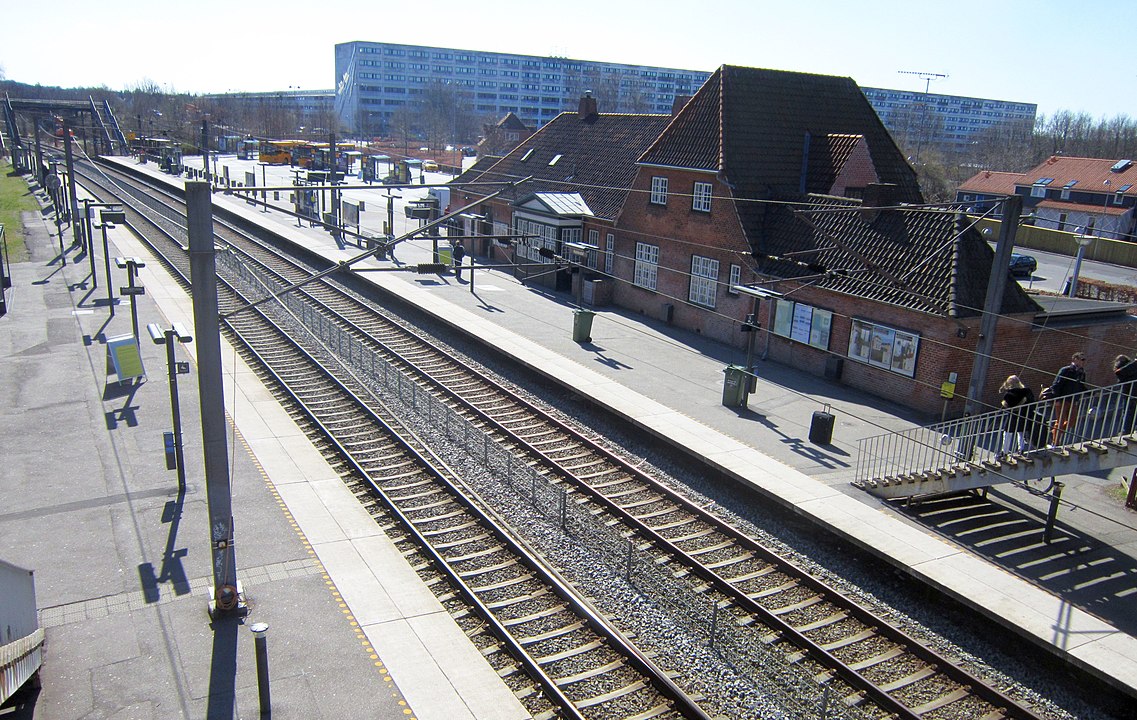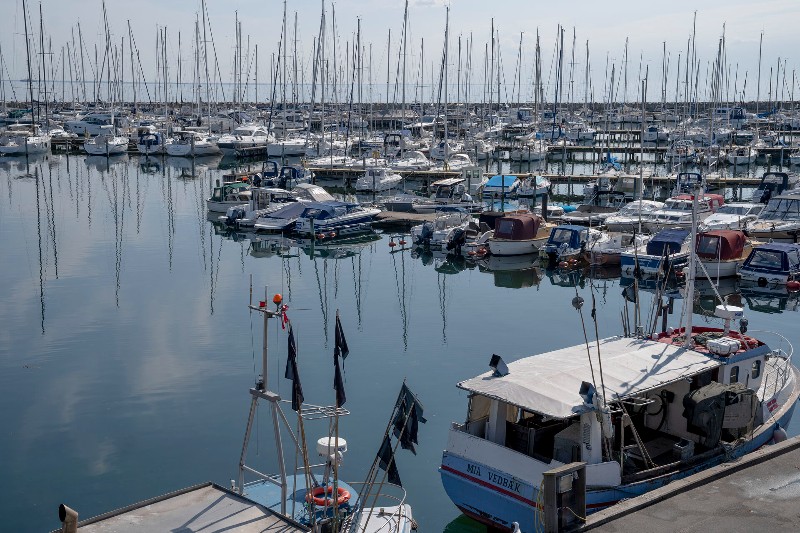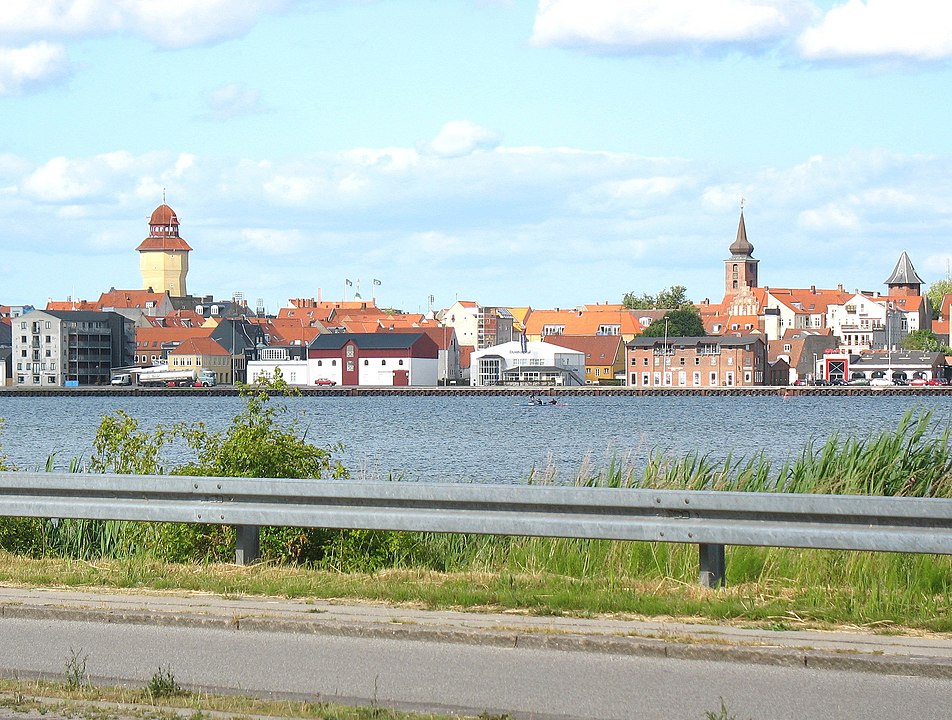Lolland said it was short of 90 personnel and had now begun the process of hiring staff from the EU, broadcaster DR reports.
The last six months has seen more than 15,000 available positions in the social care or SOSU sector go unfilled nationally, according to government figures reported by DR.
By 2030, Denmark will be short of 16,000 staff for social care jobs, according to the national organisation for municipalities, Kommunernes Landsforening (KL). That is in part because the number of people aged over 80 in Denmark is projected to increase to 134,000 over the next eight year.
Lolland is currently short of 90 staff for the sector, DR reports.
Agreements have already been made with social care staff who will undergo language courses before starting work on Lolland.
“16 have said ‘yes’, and they have begun an intensive language course online. That means they are now sitting at home acquiring the basic language skills,” Lolland’s mayor Holger Schou Rasmussen told DR.
They will later study in Denmark and will be ready to join the Danish labour market in March, according to the plan.
READ ALSO: Could Denmark’s election result affect work permit and citizenship rules?






 Please whitelist us to continue reading.
Please whitelist us to continue reading.
Member comments